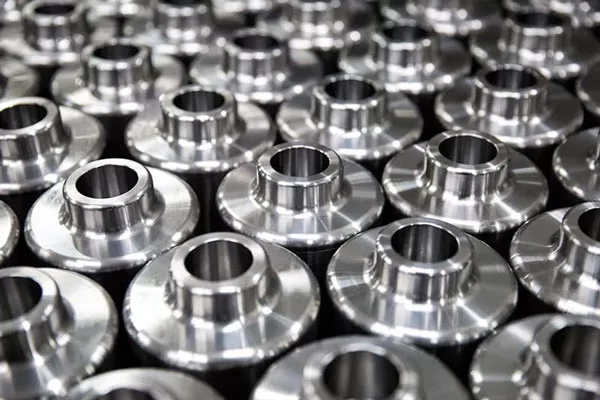In today’s rapidly evolving manufacturing environment, a major shift is underway. The dominance of traditional mass production, which relies on creating vast quantities of uniform products, is being challenged by the rise of Low volume manufacturing. This emerging approach is proving to be a game-changer, offering unparalleled flexibility, efficiency and customization in an increasingly competitive market.
The Evolution of Manufacturing: From Mass Production to Specialized Solutions
For decades, mass production was the linchpin of manufacturing, characterized by large-scale operations focused on producing high volumes of identical products. This approach capitalizes on economies of scale, benefiting from streamlined processes and significant cost reductions for high-demand items. However, as the market has become more diverse and consumer preferences have shifted, this model has begun to show its limitations.
Low volume manufacturing presents a nimble alternative to mass production. This approach caters to niche markets, custom products, and fast prototyping needs, with a focus on efficiency and responsiveness. Unlike mass production, which often requires substantial investments in complex tooling and extensive setups,low volume manufacturing leverages advanced technologies – such as 3D printing, CNC machining, and rapid injection molding – to produce products in smaller quantities with greater speed and cost-effectiveness.

Low volume parts
The Benefits of Low volume manufacturing
- Flexibility: One of the outstanding advantages of mini-batch manufacturing is its inherent flexibility. Unlike traditional approaches that are tied to fixed production schedules and costly tooling setups, Low volume manufacturing allows for easy adaptation to changes in demand, design modifications, and evolving market trends. This adaptability enables businesses to stay competitive by quickly responding to shifts in consumer preferences and market conditions.
- Cost Efficiency: While mass production achieves cost savings through high volume, it also entails significant upfront investments in machinery, tooling and setup. Low volume manufacturing, however, requires a relatively low initial investment. That makes it an appealing option for start-ups, small businesses and entrepreneurs who may not have the capital for large-scale operations. By producing only what is needed, companies can minimize excess inventory and associated overhead costs.
- Customization: Personalization and uniqueness are highly valued in today’s market. Low volume manufacturing excels in providing tailored solutions that allow businesses to create products that meet specific customer preferences – whether it’s personalized accessories, custom components, or one-of-a-kind prototypes. This level of customization not only enhances customer satisfaction, but also strengthens brand loyalty and sets the company apart in a saturated marketplace.
- Speed to market: The ability to bring new products to market quickly is critical in today’s fast-paced business world. Low volume manufacturing supports fast turnaround times and rapid prototyping, enabling companies to introduce new products faster than traditional methods allow. This agility is essential to stay ahead in an industry where innovation and timely responses to market trends are critical.
- Risk Mitigation: Traditional mass production involves risks such as overproduction, inventory obsolescence and market saturation. Small batch manufacturing helps mitigate these risks by producing smaller quantities, which limits the financial impact of unsold inventory and reduces exposure to market volatility. This approach allows businesses to test new ideas, assess customer demand, and refine product designs with less financial risk.
The Future of Manufacturing: Integrating Approaches
Despite its advantages, Low volume manufacturing poses challenges, including higher per-unit production costs and potential scalability issues as demand grows. To overcome these challenges, businesses can adopt a hybrid approach that combines the strengths of mass production and Low volume manufacturing. Mass production can be used for high-volume items, while a small-batch approach can address specialized products and niche markets.
As technological advances continue and consumer preferences evolve, the role of Low volume manufacturing is poised to expand. Whether producing bespoke consumer goods or specialized industrial components, this approach is becoming an integral part of the manufacturing landscape. By embracing this shift, businesses can unlock new opportunities for innovation, growth, and success in an increasingly competitive marketplace.
